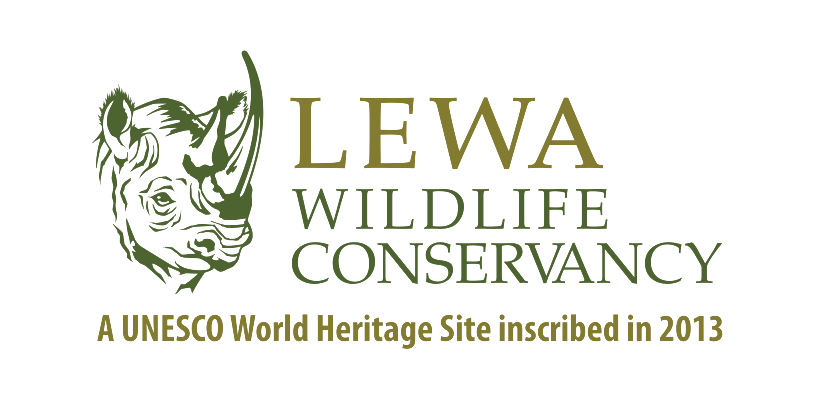Conservation and Wildlife Management
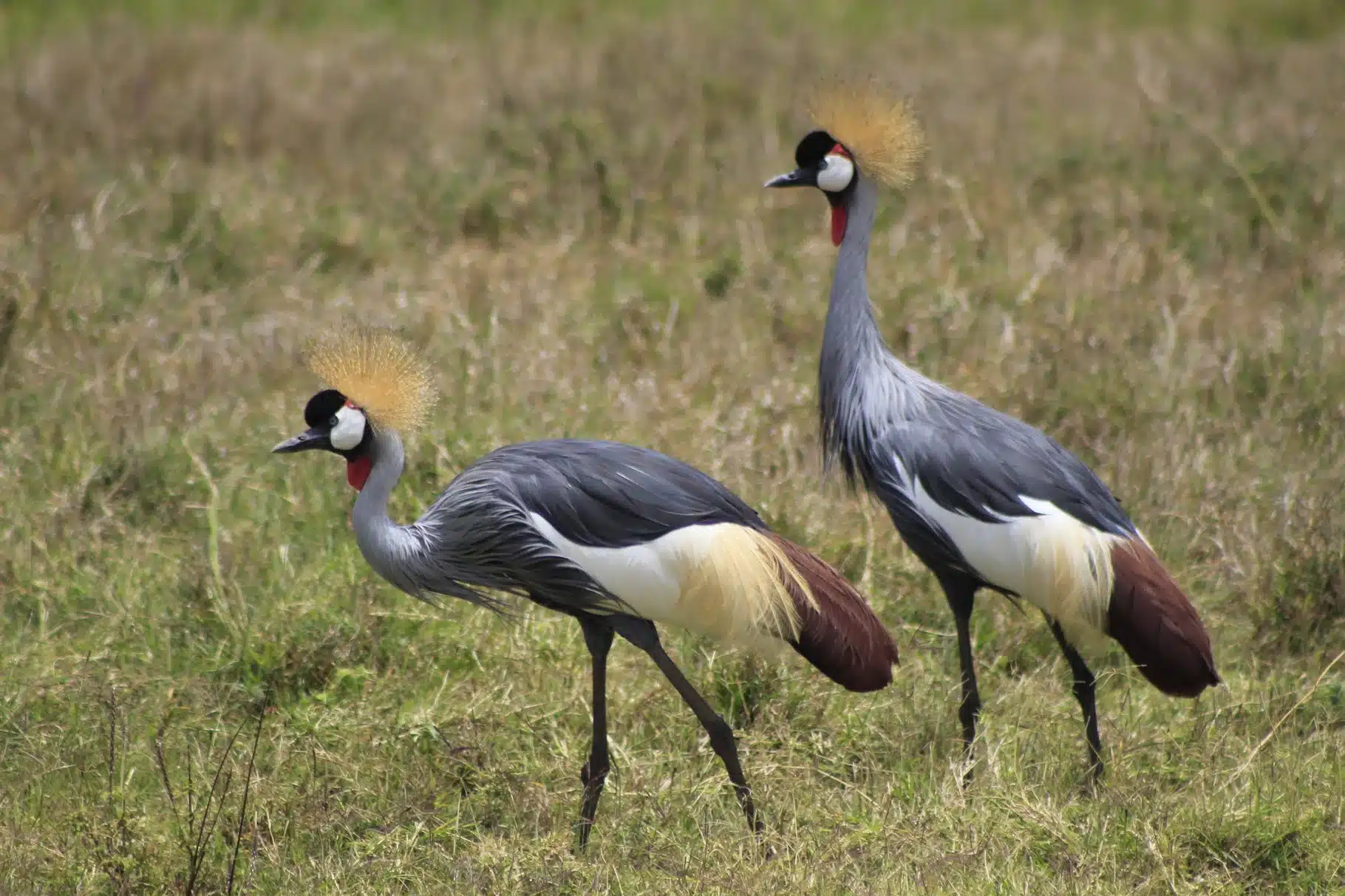
Lewa protects and manages many of Africa’s most threatened species by connecting research and cutting-edge technology with community engagement. This approach has led to a significant growth in wildlife populations, including the black rhino, Lewa’s flagship species. A key player in the significant growth of Kenya’s rhino population, Lewa boasts 262 rhinos within the Conservancy. This is a stark difference from a low of 250 rhinos in all of Kenya when conservation efforts began in 1984.
Lewa-Borana are vital protected areas and part of ancient migratory pathways for wildlife from Mount Kenya to the Ewaso Ecosystem in the dry north, one of the most biodiverse regions in Kenya.
For over 30 years, through research, cutting-edge wildlife tracking technology, and state-of-the-art security and anti-poaching, Lewa has been a champion of protection, co-implementing our security initiatives with community members and key government agencies like the Kenya Wildlife Service (KWS) and Kenya Police across more than 10 million acres.
Lewa is helping advance a species repatriation of the mountain bongo in northern Kenya by working with the Kenya Forest Service, KWS, the Meru County Government, and communities bordering the Marania and Muchiene forests. The second phase of this initiative will also re-establish historical habitat for rhinos in the same area.
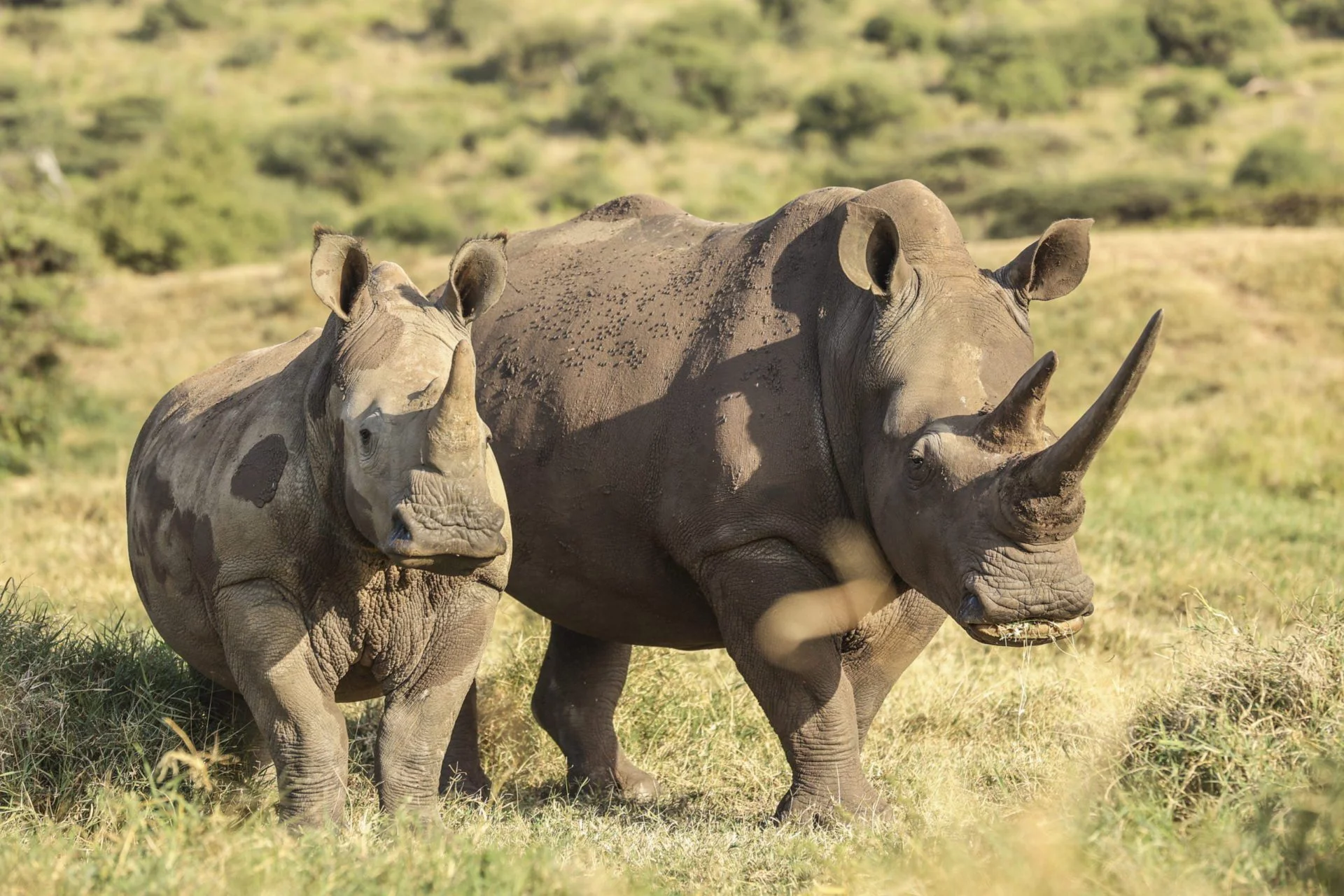
Rhino
As a pioneering rhino sanctuary in Africa, Lewa’s black and southern white rhino populations are thriving. The rhino population has increased by 38% in a four-year period and now comprises 14% of all Kenyan rhinos. We work closely with partners to expand protected habitat and establish new sanctuaries for the critically endangered black rhino.
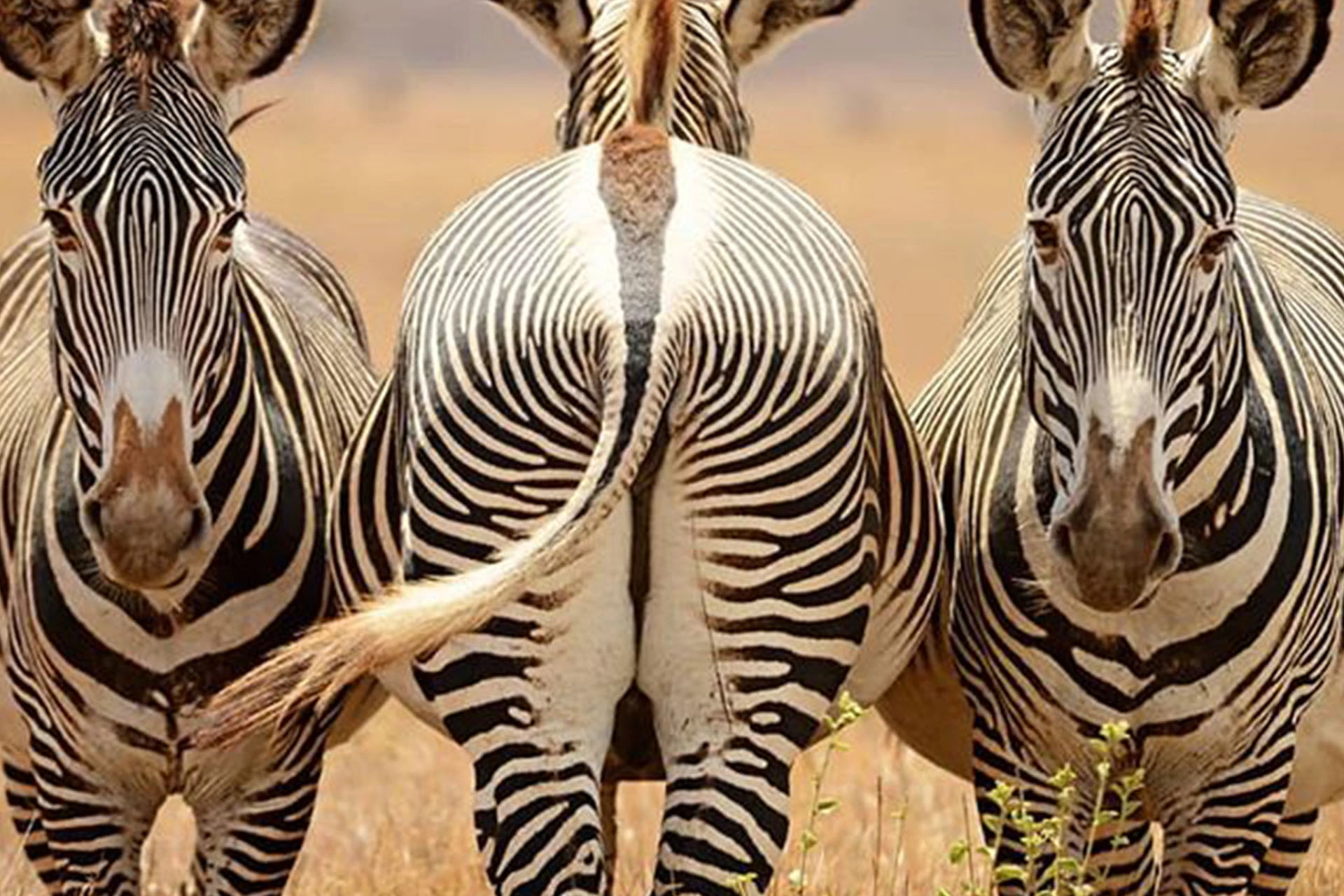
Grevy’s Zebra
Found almost exclusively in northern Kenya, this unique species of zebra is known for its strikingly tall appearance, large ears, white belly, and thin black and white stripes. The shared Lewa-Borana landscape is home to 11% of the world’s population of this endangered zebra. In fact, Lewa is one of the only landscapes in Kenya that has seen an increase in Grevy’s zebra foal survival rate in the last four years.
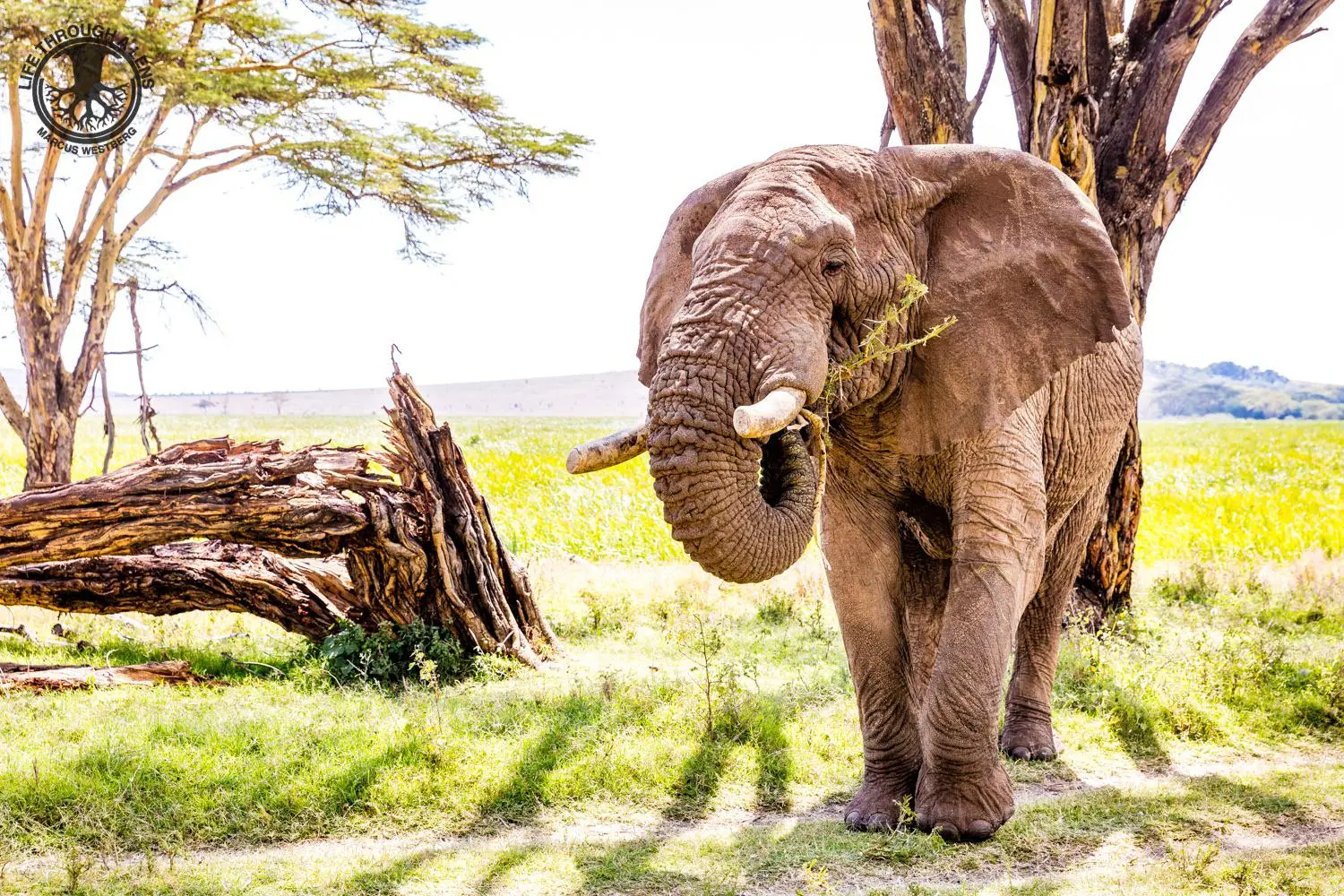
Elephant
Lewa is home to more than 400 migratory elephants. Together with our partners, we monitor elephant population dynamics, promote landscape connectivity, mitigate human-elephant conflict, prevent poaching incidents, and reduce resource-based conflict. The elephant population across northern Kenya has increased by 12% over the last five years due to the promotion of peaceful human-elephant coexistence interventions.
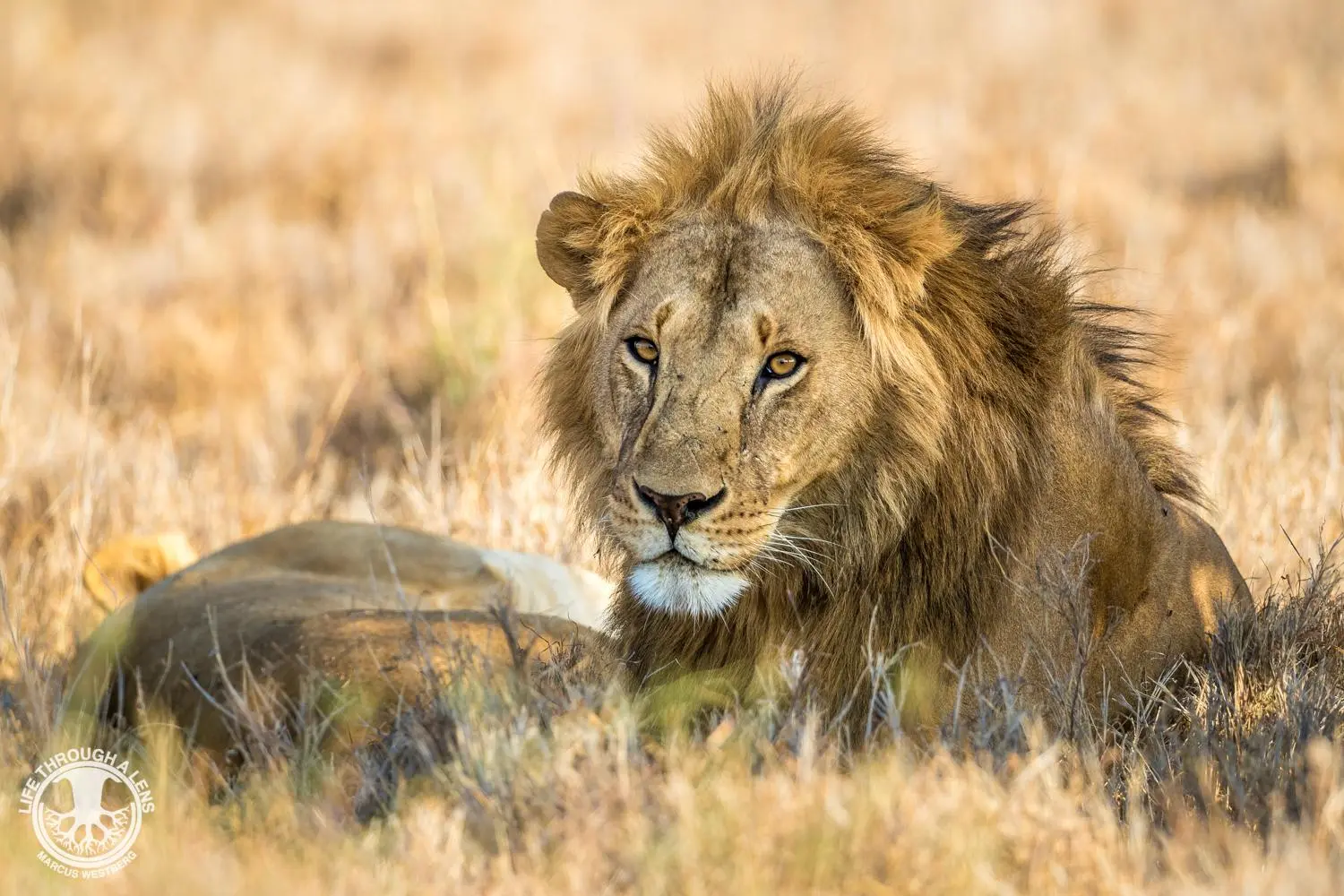
Canivores
We monitor large carnivores including lions, hyenas, leopards and cheetahs, and work together with our neighbours to prevent human-carnivore conflicts.
“I welcome the new fence and thank everyone for their efforts. We love conservation, we love Lewa and its supporters, and with the fence, our relationship will be even stronger. Our food crops will now be safe from the monkeys and baboons.”
Mr. Kimathi, a farmer from Subuiga, a community located on the southeastern border of Lewa that recently received an upgrade to its fencing.
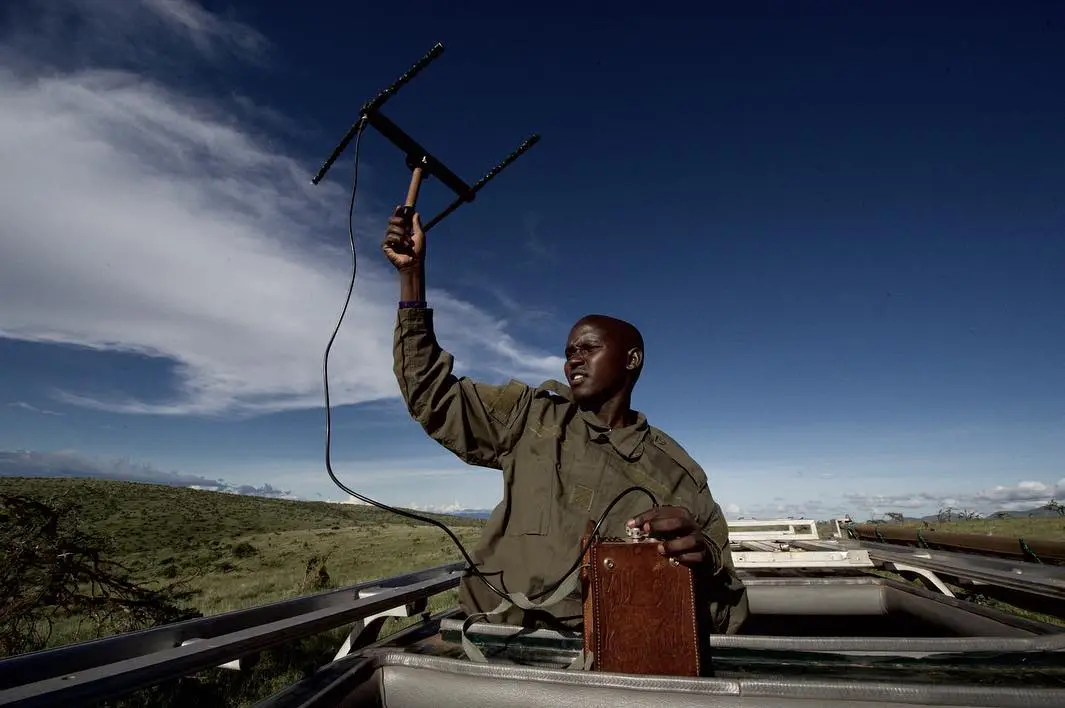
Research and monitoring
The Lewa Research and Monitoring section collects continuous data on the conservancy that allows evaluations of trends in ecosystem health. This is done through two main approaches:
monitoring, which allows us to answer the ‘what’ question about the trends in wildlife and vegetation on the landscape, and
research, which helps us answer the ‘why’ these trends are occurring. To effectively deliver on this mandate, the department collects data in various fields that we refer to as thematic areas which include: Rhino, Predator, Ungulate, Elephant, Rangeland, Avifauna, and Hydrology monitoring.
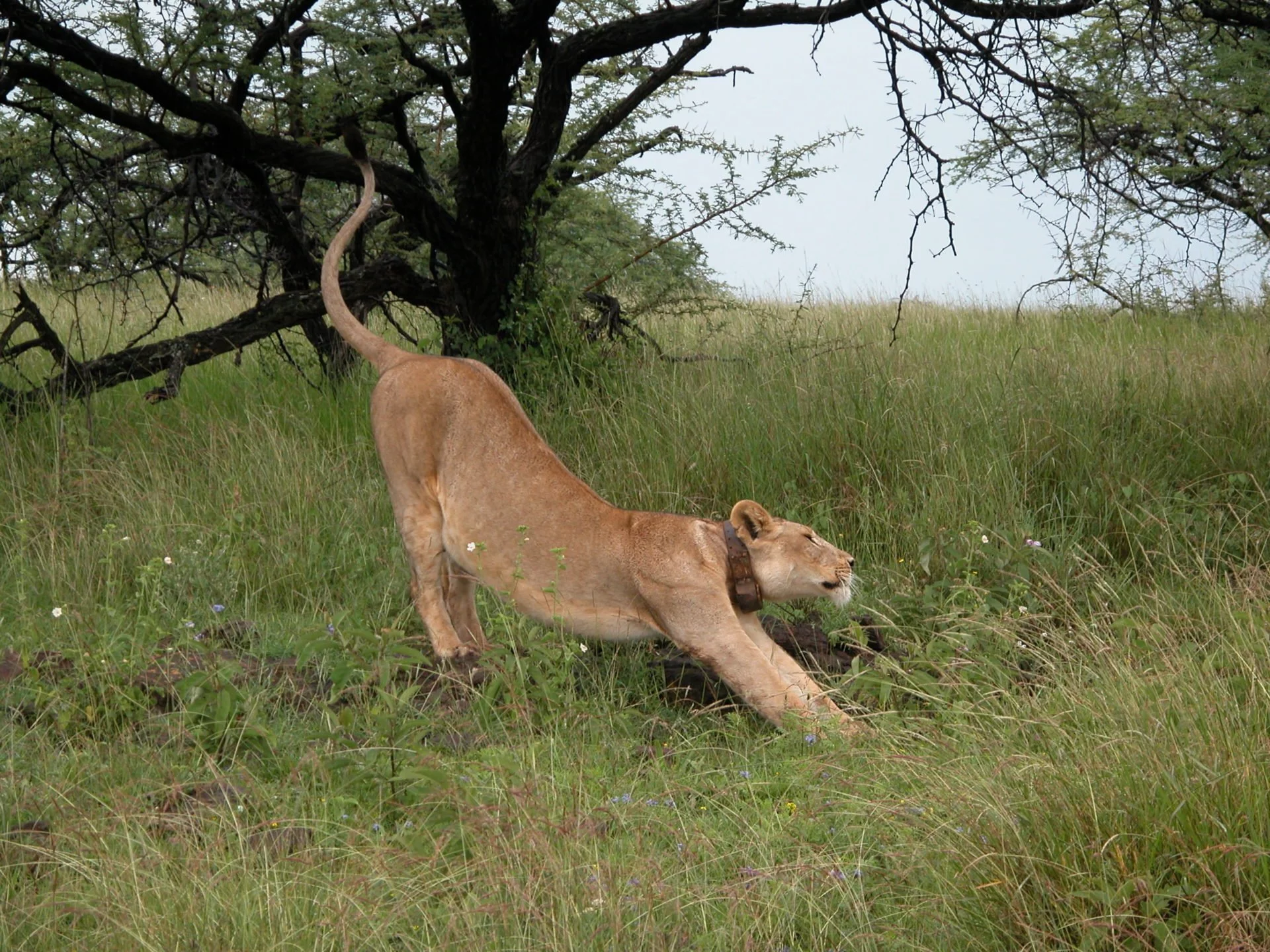
Studying Lion Behaviour
Since 2003, Lewa’s researchers have been monitoring lions and their impact on the landscape’s prey base. The team relies on sightings, footprints, reports of lion kills, and tracking collars. A lioness from a pride of nine known by researchers as Sarah was collared, allowing the predator monitoring team to easily locate her pride to study their behavioural patterns.
Collaring of the LBL’s resident prides remains a priority to deepen our understanding of lions’ movement patterns, pride composition, interactions between prides, and breeding performance. LBL is also home to leopards, cheetahs, hyenas, and other smaller-bodied carnivores.
